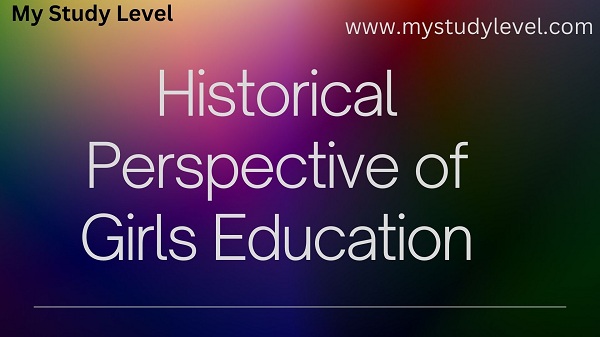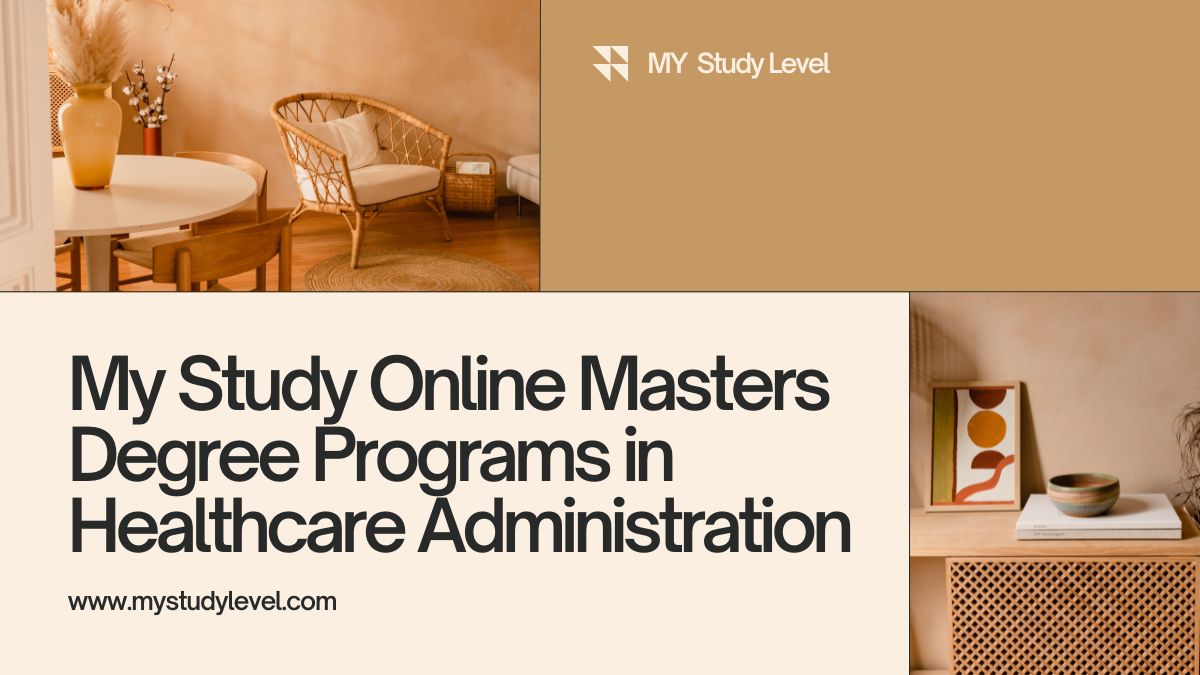Historical Perspective of Girls Education
Historical perspective of girls education briefly define as below: –
Ancient Period (Before – 200 B.C.)
In ancient India the position of women does not appear to have been a very happy one. They were seen as inferior to men. Their freedom was extremely limited. It was considered (still) that they had to be under the care of parents in their childhood, under the protection of husbands in their youth, and in their old age they had to be under the control of their sons. During the Vedic period women were assigned a high place in the society. They shared an equal standing with their men. Women were regarded as a great source of power, peace and knowledge for the men. Girls during the Vedic period were taught like boys. No distinction was made between the two. During the Vedic period equal rights were given to all without any distinction of class and color. But in the course of time the right to study Vedas came to be denied to women.
Buddhist Period (200B.C to 1200 A.D)
In the Buddhist period, women’s education received new dimensions. According to Buddha, “women’s spiritual capacities were equal to men’s”. Lord Buddha permitted women to join Sanghar, which resulted in the emancipation of women. It was only after the advice of his foster mother Mahaprajapati and his disciple Ananda that Buddha agreed to admit women despite his reluctance. He agreed on the condition that they renounce their household nights Wuslim Period (1200 to 1800 A.D.)
The high status that women enjoyed during early Vedic period gradually started declining with the coming of Muslims. During this period Purdah system became prevalent among the Muslims as well as Hindus. Onlythe few girls acquired some knowledge in their early childhood. During Muslim period women were deprived of higher education.
Early British Period
After the Muslim period, East India Company established its rule over India. During the British period several changes were made in the position of women in our society. When the Britishers came to India there were no separate schools for girls in India and a very few girls attended boys schools.
From 1854 to 1882
According to the Educational Dispatch of 1854, the total number of girl’s schools was 256 in Madras, 65 in Bombay, 288 in Bengal and 17 in western provinces. The establishment of municipalities and levy of the local fund aiding the primary education helped the establishment of a special primary school for girls between 1870 and 1882.
Between 1882 to 20th century
The Hunter Commission recommended that women’s education should receive a large share of public funds and liberal grants in aid. In 1901-1902 there were 76 women in medical colleges and 166 in medical schools.
The first quarter of the 20th century witnessed rapid progress in breaking down prejudice against the education of women. In 1971 the Organization of Women India Association with Mrs. Annie Besant as its president was established with the primary objective of spreading women’s education.
During the Second World War, the conscription of men into the military services and rise of the cost of living made it necessary for women to leave their homes to replace and supplement their man as breadwinners. When India attained independence in 1947, the principle of equality was incorporated into the objective resolution of free India.











Leave a Reply